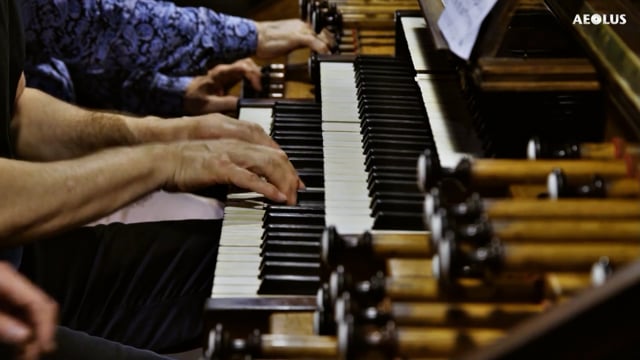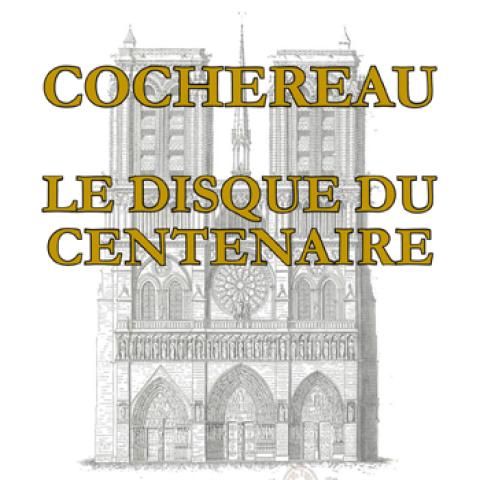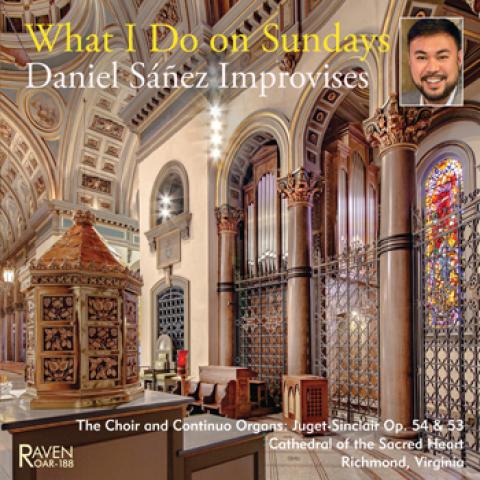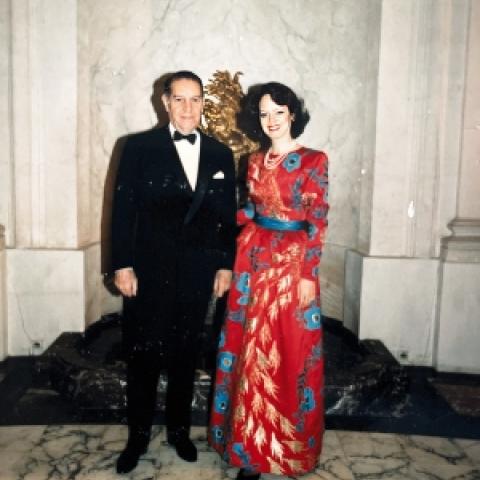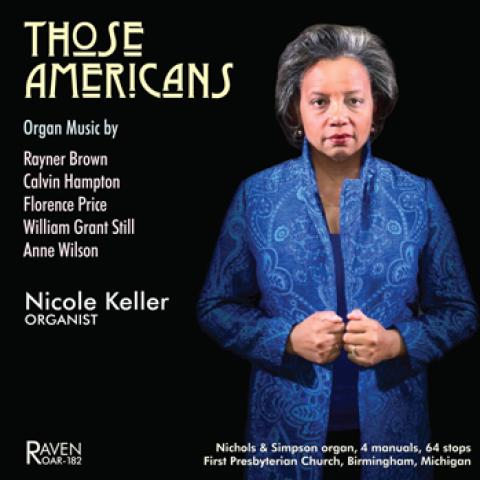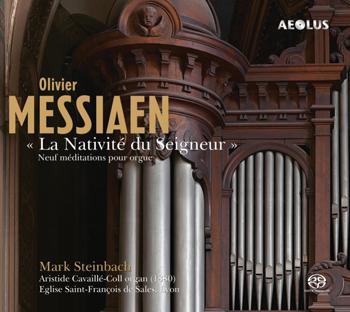
Aeolus announces a new organ recording, Olivier Messiaen: La Nativité du Seigneur (AE11401, SACD), recorded on the unaltered 1880 Cavaillé-Coll organ of Église Saint-François de Sales, Lyon, France, featuring Mark Steinbach, Brown University organist and distinguished senior lecturer in music.
When the work premiered in 1936 at La Trinité, Paris, that organ had not yet undergone the significant changes that took place in the 1965 renovation. The almost authentically preserved Cavaillé-Coll organ of the Église Saint-François-de-Sales is thus closer to the instrument Messiaen would have envisioned when he created La Nativié du Seigneur. This is likely to be the last CD recording of this instrument for some time to come, as a restoration is scheduled to begin soon.
For information: aeolus-music.com.
Other recent recordings:
Cochereau anniversary recording

